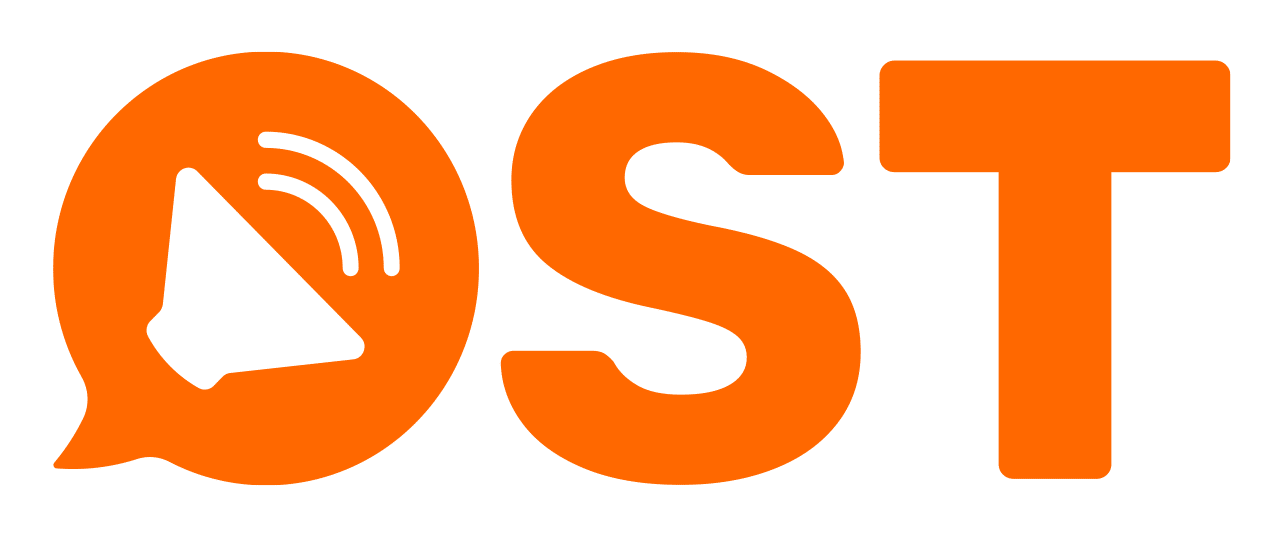LinkedIn’s algorithm tweak has reduced reach by 66%. What can you do about it?
You may be aware that, earlier this year, LinkedIn tweaked their algorithm. This change has reportedly reduced post reach by an average of 66%. In this post we’ll share a bit of insight into why this happened, how it affects you, what you can do about it.
How has the LinkedIn algorithm changed?
Before we dive into solutions, it’s worth saying, LinkedIn’s objective is entirely sensible. They want to prioritise business content over the thousands of overtly personal posts which have proliferated since the pandemic. Most LinkedIn users agree with them: personal posts can be jarring on the platform.
Since the algorithm change, posts from people that LinkedIn condiders to be ‘experts’, as well as those from a user’s 1st degree connections have been prioritised. With this change, LinkedIn is showing us the content they think we’re most likely to want to see.
Alongside this 3rd party and ‘viral’ posts have become less visible 👇. LinkedIn believes these posts are less targeted, less business-related and less likely to provide real value (other than feeding curiosity).
The platform has also elevated posts 👆 that offer different perspectives or opinions, as well as those that attract ‘meaningful’ comments (i.e. not just: “great post”). These qualities are, again, associated with providing value.
How are these changes affecting reach and engagement?
These changes look to be having a significant impact on who gets to see our content. According to data recently published by LinkedIn analyst, Richard van der Blom, YoY figures show large drops in reach and engagement to October 2023:
- Reach ⬇️ -66%
- Follower growth ⬇️ -47%
- Engagement per post ⬇️ -16%
- Video post reach ⬇️ -51%
To put this into context: up until January 2023, reach had increased 17% YoY and engagement was up 22%. The algorithm tweak looks to have triggered a dramatic reversal of this trend.
It’s actually difficult to comprehend how reach can be “lost” on LinkedIn, when in normal circumstances, if one post isn’t displayed, another will take it’s place – and it’s reach. What seems to be happening is that LinkedIn is showing prioritised content to relevant people more frequently, so reach is down, but impressions stays the same, or even increases.
But, regardless of geeky analysis, things have changed and everyone posting to LinkedIn needs to be aware of the new rules of posting.
How can you ride the new LinkedIn algorithm?
Our updated advice for driving organic reach and engagement on LinkedIn is fourfold, and this applies equally to personal and corporate posts:
- Focus on providing 💲 valuable insights for a specific audience. Anyone using gimmicks to ‘go viral’ to a wide audience will now be actively de-prioritised.
- Include a perspective or opinion 💡. This isn’t always easy for companies, but taking a defensible position is bold, and brings rewards.
- Encourage meaningful comments 💬. Get a comment thread going quickly and make your replies valuable.
- Given that posts from 1st connections (not companies) are being prioritised, businesses should consider investing more in their Social Exec Comms, to maximise reach via their experts.
👉Learn how OST drove 15,000+ customer engagements for Dell Technologies on LinkedIn👈
Our previous advice also still applies…
- Encourage clicks – LinkedIn’s PDF carousel format 🖼️, for example, does this in an elegant and user-friendly way.
- Encourage dwell time – Longer posts 📝, formatted to be easily read (including emojis), can draw readers to linger on your content.
- Post regularly – LinkedIn prefers regular posters ⌛, i.e. at least twice a week.
- Avoid the competition – Most Creators and Influencers post early weekday mornings. Try posting a bit later in the day or weekends 🗓️ (Saturday mornings often produce a higher dwell time).
Ultimately, LinkedIn’s algorithm change should be a positive step for the platform and it’s users. We just need to play to the new rules and adjust our strategies accordingly.
OST is a team of B2B social specialists. If you need any support or advice, just contact us.


